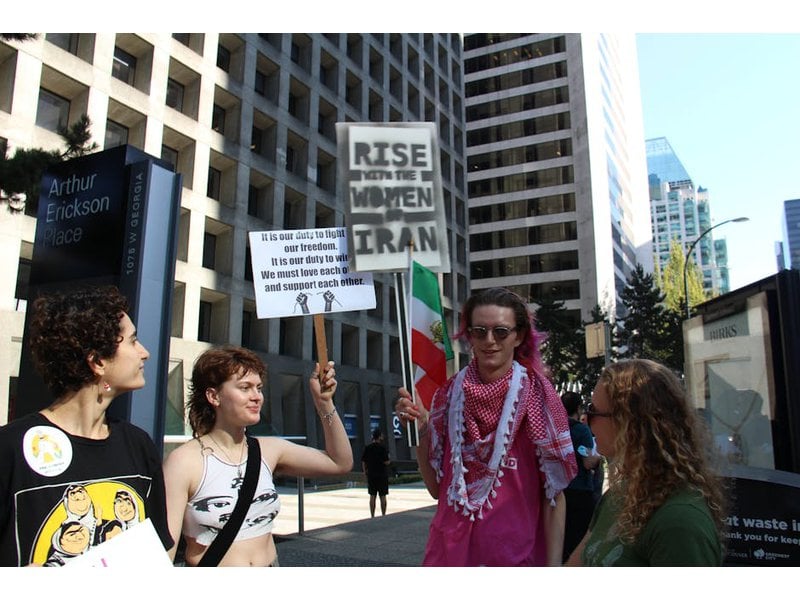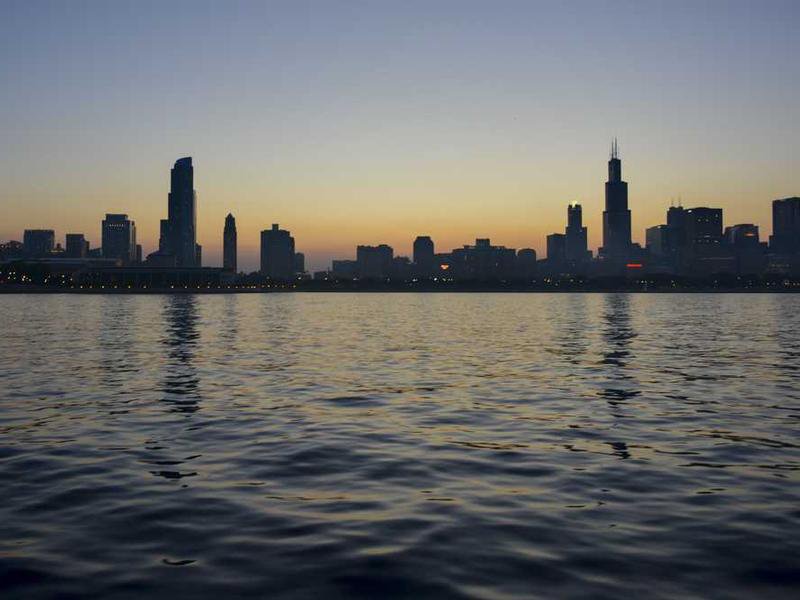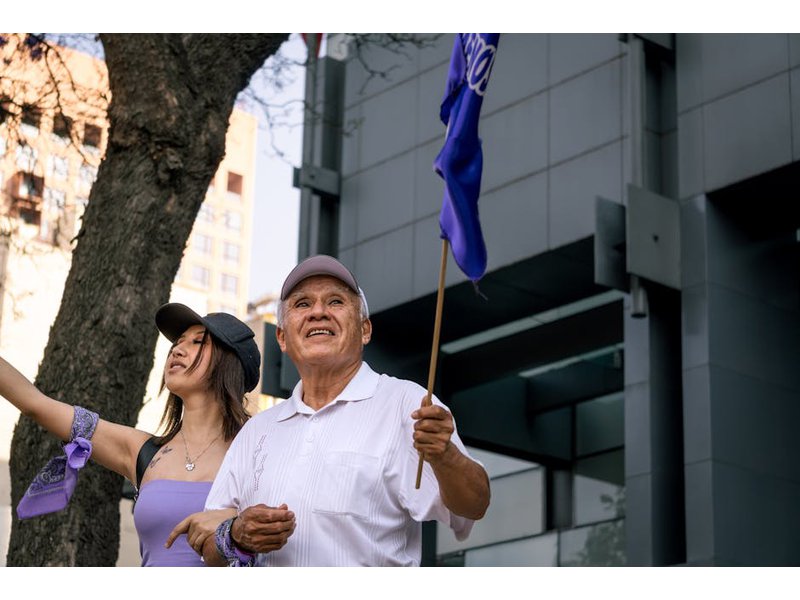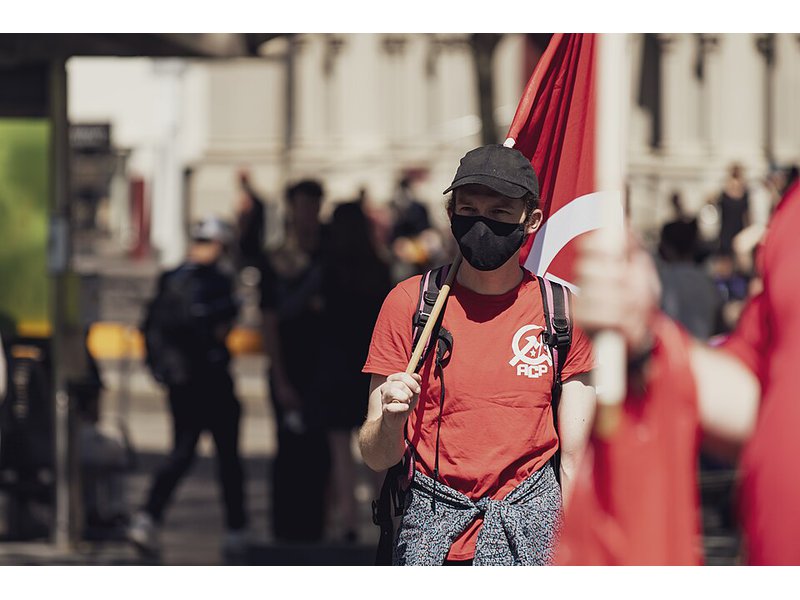171 nonviolent interjection
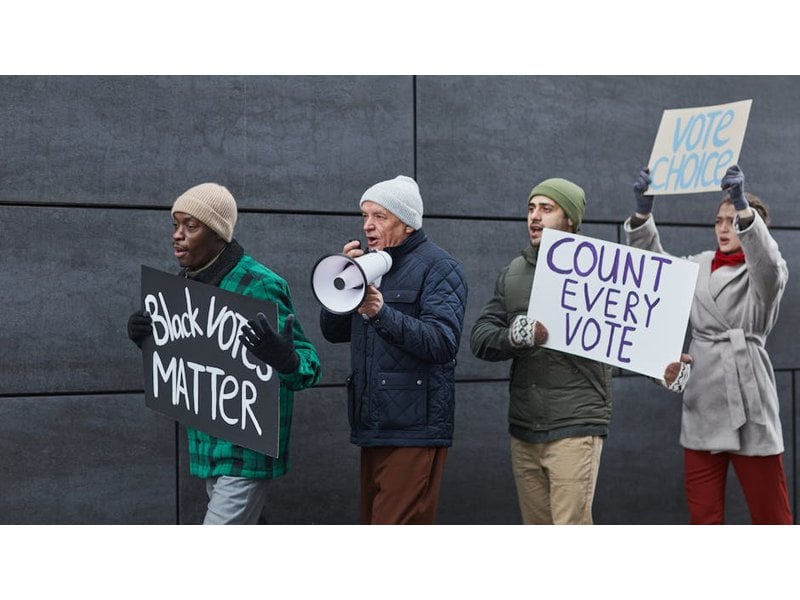
"The method of nonviolent interjection involves placing one’s body between a person and the objective of his work or activity, or sometimes between a soldier or a policeman and his opponent, or on other occasions in the path of a vehicle. This action is distinguished from the next method, nonviolent obstruction, in that the interjection does not constitute a sufficiently large or extensive physical obstruction that it cannot be overcome, removed, or surmounted. For example, with nonviolent interjection, persons or vehicles could simply proceed over the bodies, while with nonviolent obstruction they cannot do so.101"...
High scoring campaigns using this method
Historical cases from the Nonviolent Action Database that used this method
Yemenis oust Saleh regime (Yemen Revolution), 2011-2012
In January 2011, in the wake of the Tunisian revolution and in the midst of the Egyptian revolution, Yemeni students and youth began a yearlong revolution to oust the regime of Ali Abdullah Saleh, president for the past thirty years. This revolution ...
UK community stages protest camp to build opposition to fracking - 2013-14
By 2013, pressure to use hydraulic fracturing (fracking) to release methane (natural gas) from shale rock formations in the UK began to grow. Prime Minister David Cameron endorsed pursuing this method of extracting natural gas. The government began i...
Jewish peasants block construction of statue of Gaius Caligula in Galilee, 40 CE
Towards the end of the reign of Gaius Caligula, a proclamation was sent out for a statue of the Roman Emperor to be built within the Temple walls in Jerusalem. This command broke the Jewish law of idolatry and was therefore rejected and strongly oppo...
University of Miami janitors campaign for economic justice, 2005-2006
In 2006, non-unionized janitors at the University of Miami earned as little as $6.40 an hour and received no health insurance. Demanding higher wages and better working conditions, these janitors of mostly Haitian and Cuban descent began a campaign a...
Carleton University students win divestment from apartheid South Africa, 1985-87
Across much of the world during the mid-1980s, students on university campuses led boycott, divestment, and other solidarity campaigns targeting the apartheid government of South Africa. This solidarity movement played a fundamental role in the ultim...
Indians embrace trees (Chipko) to stop logging activity, 1971-1974
After the Indo-Chinese border conflict ended in 1963, access to the Indian state of Uttar Pradesh, a region encompassing eight different districts in the Himalayas, was greatly expanded. The money for this expansion, including highway building, gener...
Plebeians campaign at Sacred Mount for economic and political rights, Ancient Rome, 494 BCE
The plebeians made up the majority of the citizen population of Ancient Rome and occupied the economic range anywhere below the ruling Patrician class and above the slave class. A Senate made up of 100 men from traditional patrician families and 200 ...
Indian villagers hug trees (Appiko) to stop deforestation in Karnataka, 1983-1990
In the early 1970s logging companies increased in Northern India. Forests in the northern state of Uttar Pradesh quickly declined due to the expansion of the industry and private investment of entrepreneurs interested in the newly accessible resource...
Columbia University students win divestment from apartheid South Africa, United States, 1985
On April 4, 1985, seven students at Columbia University, members of the Coalition for a Free South Africa (CFSA), chained closed the doors to Columbia’s administrative building, Hamilton Hall, and sat on the steps, blockading the entrance. They were ...
British citizens protest apartheid South African sports tours (Stop the Seventy Tour), 1969-1970
The world voiced its opposition to the National Party’s apartheid government ruling in South Africa in a new way in 1964. International sports tours and matches had become a focal point of cultural identity for whites in South Africa. Victories, to t...
Low scoring campaigns using this method
Historical cases from the Nonviolent Action Database that used this method
Toronto hippies campaign for street closure, Canada, 1967
In 1967 Yorkville Village, Toronto was a neighborhood inhabited by many aspiring artists, hippies, greasers, bikers, youth, and others looking to embrace the counter culture lifestyle. This lifestyle attracted many youth who travelled from all across...
Nisichawayasihk Cree blockade Wuskwatim Hydroelectric dam for jobs, Canada, 2009
In Canada, there are many First Nations groups with unique languages and cultures. One of those is the Cree nation, who speak Cree and are accustomed to Cree social norms within Canada. Manitoba, a central Canadian province, has a large indigenous po...
Austrian communist workers general strike for better wages, 1950
Following the conclusion of World War Two, Austria was separated from Germany and zones were created, each of which was controlled by one of the four allies (United States, United Kingdom, France, Soviet Union). Austria had a crippled economy because...
Waiheke Island, New Zealand residents protest the construction of two buildings on a historic burial site, 2012
On 1 October 2012, residents of Waiheke Island, New Zealand, protested against the installation of two pre-constructed buildings in Wharetana Bay, a historic site over 170 years old that is home to a Maori burial ground. This burial ground makes the ...
Americans blockade Washington, DC, to protest the Vietnam War, 1971
“If the government won’t stop the war, we’ll stop the government.” That was the central slogan of the Mayday campaign.\n\nThe Anti-Vietnam War movement included striking examples of nonviolent direct action. Many of the protests against the Vietnam W...
MIT students campaign for divestment from apartheid South Africa, 1985-1991
In reaction to the continuing apartheid in South Africa, many colleges and universities in the United States divested from South Africa, meaning that they removed the holdings they had from companies which operated there. Apartheid separated blacks a...
Algonquins campaign against uranium mining, Ontario, Canada, 2007-2008
The Frontenac Ventures Development Corporation received from the Ontario government in Canada a permit to begin exploratory drilling for uranium on 30,000 acres of Canadian Crown land in its eastern region of Sharbot Lake. In June 2007, the company b...
Guam teachers strike for wage increase, 1980-81
In 1980, the government of Guam employed over 9,000 workers, or 27% of all jobs on the island. Approximately half of these public workers were teachers. 2,400 teachers were members of the Guam Federation of Teachers (GFT), the largest union on the is...
Tibetan monks protest Chinese rule (Lhasa Protests), 2008
On March 10, 2008, the Tibetan Uprising Day, a protest against China's occupation of Tibet took place in Lhasa, Tibet’s administrative capital. Worried about the worsening human rights situation inside Tibet, participants intended to use the Olympics...
Scots and peace activists protest US Navy Base at Holy Loch, Scotland, 1960-61
In November of 1960, the United States and British governments reached an agreement on the use of the Holy Loch in the Firth of Clyde, Scotland as an overseas base for the US Navy. The governments believed the U.S. military required an overseas nucle...


